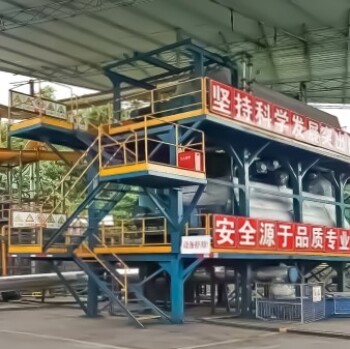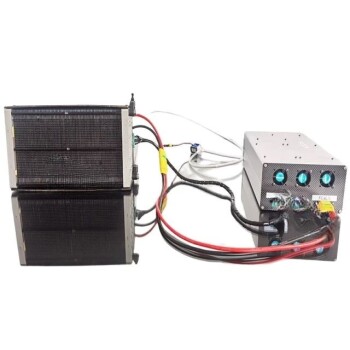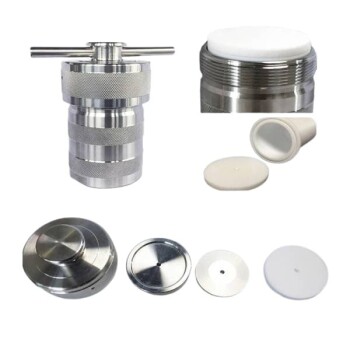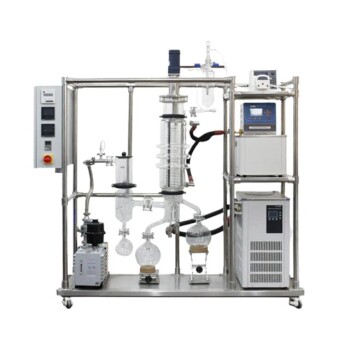Hydrogen production from biomass using pyrolysis involves the thermal decomposition of biomass in the absence of oxygen at high temperatures, resulting in the formation of bio-oil, biochar, and syngas, which includes hydrogen. The process is optimized at temperatures around 500°C with rapid heating rates to maximize bio-oil yield.
Detailed Explanation:
-
Pyrolysis Process: Pyrolysis is a thermochemical process where biomass is heated to high temperatures (typically 500°C–700°C) in an oxygen-free environment. This process causes the biomass to decompose into various products including pyrolysis vapor, gas, and char. The absence of oxygen prevents combustion, allowing the biomass to thermally decompose rather than burn.
-
Products of Pyrolysis: The primary products of biomass pyrolysis are biochar, bio-oil, and syngas. Biochar is a solid residue that can be used as a soil amendment or for energy production. Bio-oil is a liquid that can be further refined into various biofuels and chemicals. Syngas is a gaseous product consisting of methane, hydrogen, carbon monoxide, and carbon dioxide.
-
Optimization of Pyrolysis for Hydrogen Production: To optimize the production of bio-oil and consequently syngas (which includes hydrogen), the pyrolysis process is typically conducted at temperatures around 500°C with high heating rates (1000°C/s). This fast pyrolysis condition maximizes the yield of bio-oil, which in turn increases the production of syngas. The syngas produced in this process contains hydrogen, which can be separated and collected for various applications.
-
Challenges and Solutions: One of the main challenges in using pyrolysis for hydrogen production is the complexity and corrosiveness of bio-oil due to the presence of oxygen functional groups. These groups reduce the heating value and stability of the bio-oil. To address this, deoxygenation processes such as catalytic hydrodeoxygenation (HDO) are employed. However, these processes can be energy-intensive and require additional hydrogen. Recent advancements have focused on developing multifunctional hydrogenous catalysts that can perform both deoxygenation and cracking during pyrolysis, thereby streamlining the process and reducing energy consumption.
-
Sustainability and Energy Balance: The pyrolysis process can be self-sustaining, as the syngas and a portion of bio-oil or biochar can be combusted to provide the necessary heat for the reaction. This energy balance is crucial for the economic and environmental sustainability of the process.
In summary, biomass pyrolysis is a viable method for producing hydrogen, among other valuable products, by thermally decomposing biomass under controlled conditions. The process is optimized to maximize the yield of bio-oil, which in turn increases the production of syngas containing hydrogen. Technological advancements in catalysts and process optimization continue to enhance the efficiency and sustainability of this method.
Discover the cutting-edge solutions for hydrogen production from biomass with KINTEK SOLUTION! Our innovative pyrolysis systems are designed to optimize temperatures and heating rates for maximum bio-oil yields, resulting in abundant syngas rich in hydrogen. Upgrade your laboratory with our high-quality equipment and enhance your research with our state-of-the-art catalytic processes. Join the future of sustainable energy – Contact KINTEK SOLUTION today and revolutionize your hydrogen production capabilities!










